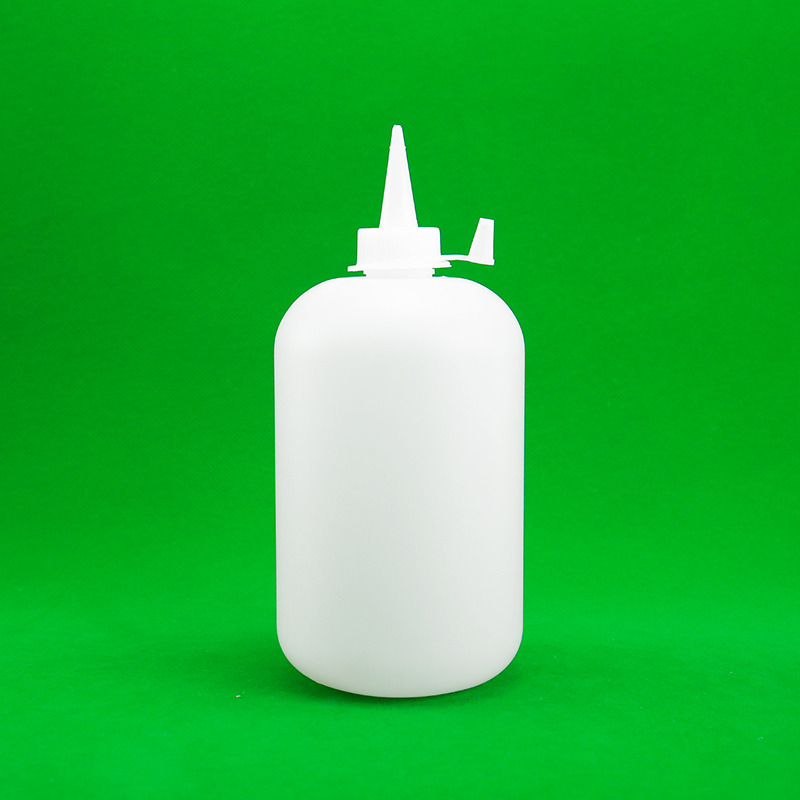Understanding Packing Foam The Unsung Hero of Shipping and Protection
In the world of shipping and logistics, one material stands out for its versatility and effectiveness packing foam. Often overlooked by consumers and businesses alike, packing foam plays a crucial role in ensuring that products arrive at their destination in pristine condition. This article delves into the types, benefits, and applications of packing foam, shedding light on why it is considered an unsung hero in the realm of packaging.
Types of Packing Foam
Packing foam comes in various forms, each tailored to meet specific needs. The most common types include
1. Polyethylene Foam This is a closed-cell foam that provides excellent cushioning and protection against impacts. It is often used in packaging fragile items as it is durable, lightweight, and resistant to water and chemicals.
2. Polyurethane Foam Known for its softness and flexibility, polyurethane foam is ideal for delicate items where gentle protection is required. Its ability to absorb shock makes it a popular choice for items such as electronics and glassware.
3. EPE Foam (Expanded Polyethylene) This type of foam is lightweight, cost-effective, and offers great shock absorption. EPE foam is commonly used in packaging for consumer goods, providing reliable protection without adding significant weight to the shipment.
4. Memory Foam While often associated with mattresses and cushioning, memory foam’s ability to contour to shapes makes it a unique option in shipping fragile items. It provides a custom fit and excellent protection, making it suitable for high-value or sensitive products.
5. Foam Wraps and Sheets These flexible foam products are often used to wrap items or fill voids in boxes. They are particularly useful for irregularly shaped products and provide a cushion against shocks and vibrations during transit.
Benefits of Packing Foam
packing foam

The benefits of using packing foam in shipping and packaging are substantial. Firstly, it provides excellent protection, ensuring that products are safe from shocks and vibrations during transit. This protection minimizes the risk of damage, reducing costs associated with returns and replacements.
Secondly, packing foam is lightweight, which helps businesses save on shipping costs
. Since shipping costs are often calculated based on weight and volume, utilizing lightweight materials like foam can lead to significant savings, especially for businesses that ship large quantities of products.Additionally, packing foam is customizable. Companies can source foam in various shapes, sizes, and densities to suit their specific products. This customization ensures that items are snugly fitted and do not move within their packaging, further enhancing protection.
Lastly, many types of packing foam are recyclable or reusable, making them an environmentally conscious choice for businesses looking to reduce their carbon footprint. This aspect aligns with the growing consumer demand for sustainable packaging solutions.
Applications of Packing Foam
Packing foam is widely used across numerous industries. In the electronics sector, foam is critical for packaging items like computers and televisions, where the risk of damage during shipment is high. In the automotive industry, foam protects delicate components and parts from scratches and impacts.
Additionally, in the medical field, packing foam is essential for shipping medical devices and equipment, ensuring that they remain sterile and undamaged during transit. The art and furniture industries also utilize foam for shipping valuable pieces without the risk of damage.
Conclusion
In conclusion, packing foam may not always be in the spotlight, but its role in protecting products during transit is invaluable. From its various types and benefits to its wide range of applications, packing foam proves to be an essential component of modern shipping and packaging solutions. As businesses continue to strive for efficiency and sustainability, the importance of packing foam will only grow, cementing its status as the unsung hero of the shipping industry. Investing in quality packing foam not only protects products but also enhances customer satisfaction and fosters brand loyalty, making it a critical consideration for any business engaged in shipping.



